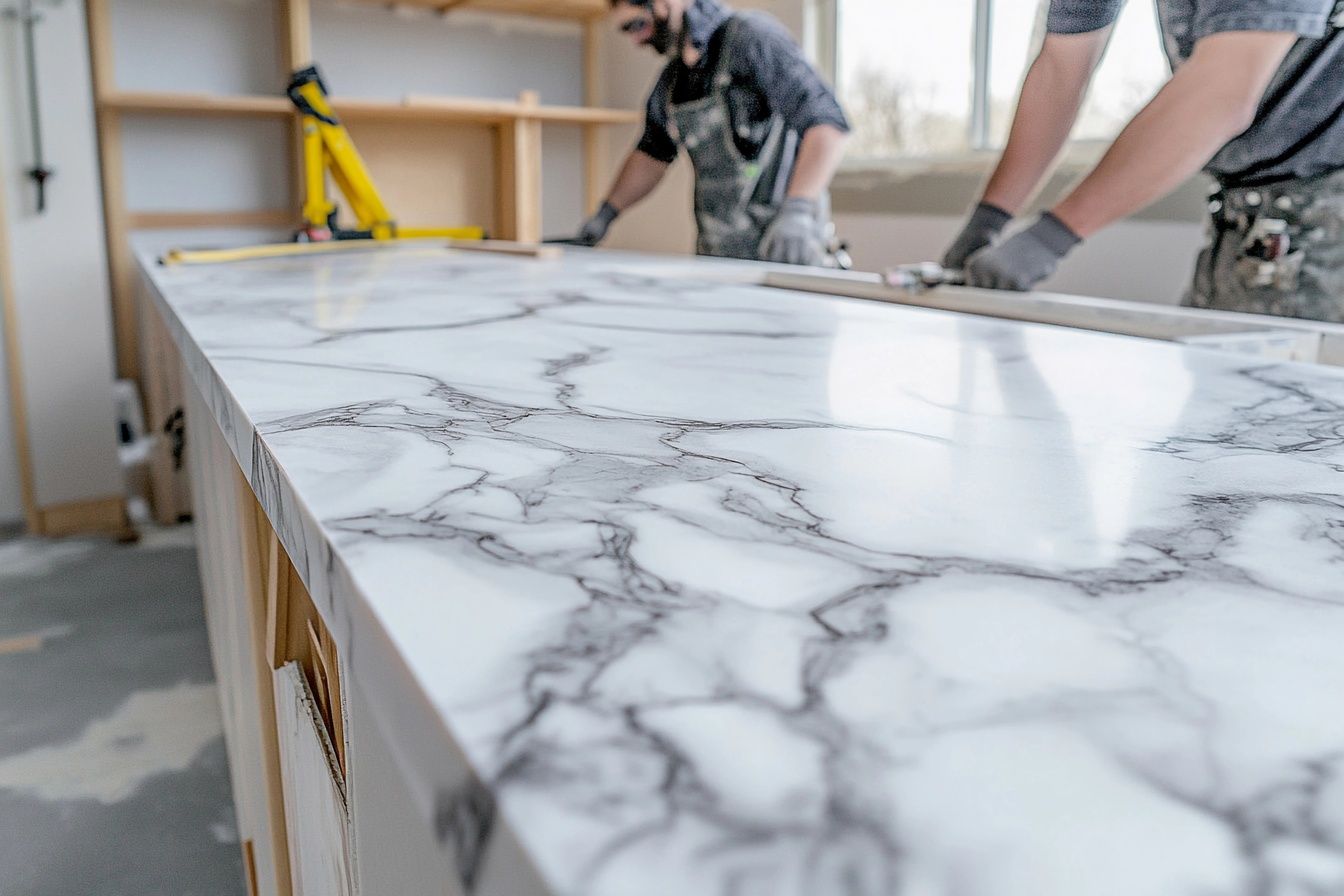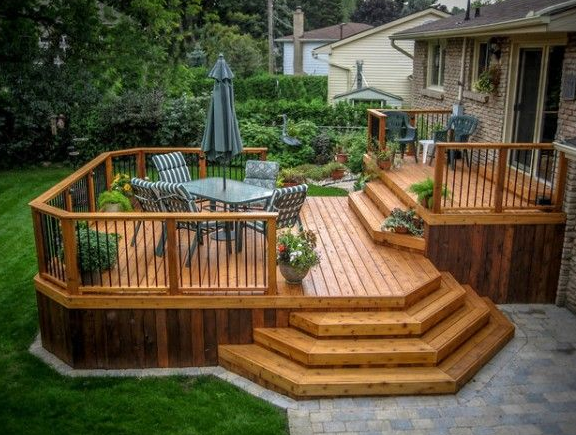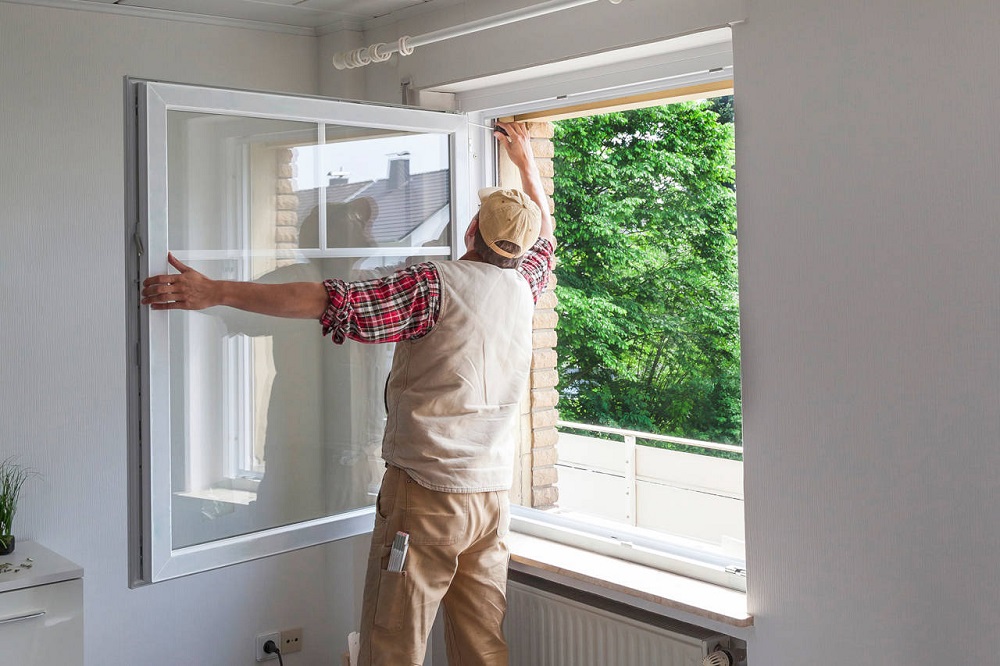Kitchen countertops endure endless use preparing meals, staging appliances, storing mealtime essentials, and serving as gathering spots for snacks and conversation. Despite durability, years of wear-and tear take a toll on even quality materials. The people at Bedrock Quartz, a Utah countertop installation company, say that recognizing when to replace aged countertops helps homeowners restore both aesthetics and optimal function.
Noticeable Damage Accumulates
Various dents, burns, stains, cracks, chips and scratches damage protective seals and diminish visual appeal over time. While DIY repair kits temporarily patch some flaws, extensive accumulation signals replacement needs. Counters with multiple stained areas that failed to sand-out or seam separations allowing moisture intrusion require professional fabrication and installation to restore.
Surfaces Lose Original Luster
All counters become dull with use, but inexpensive materials quickly turn dingy and unappealing, especially on cooking and dining spaces. Faded solid surface resin or culturing laminate finishes make kitchens appear dated and dingy regardless of cabinet or appliance updates. While meticulous cleaning might temporarily enhance luster, worn materials no longer achieve that gleaming like-new sheen. Replacing tired counters with more durable surfaces that retain long-lasting brilliance and depth of color revives the look dramatically.
Layouts No Longer Function Optimally
How homeowners use kitchens evolves over time. New appliances, changing storage needs, and family dynamics alter ideal space planning. Once effortless triangular workflow between sinks, stoves and fridges may now bottleneck traffic flow. New peninsulas or islands better suit gathering in open concept great rooms. Upgrading countertops isn’t just about aesthetics; it will also improve efficiency by enabling a better layout.
Materials Show Their Age
Trends change greatly over typical 10-25 year counter lifespans. What once registered as groundbreaking now appears dated and tired. Classic 80s tiled counters now seem stuffy rather than retro-cool. While certain backgrounds withstand time’s test, many aging materials communicate the need for updated replacement aligned with current consumer preferences.
Substructures Weaken from Wear
Secure support under countertops matters greatly for both durability and optimal appearance. Water damage can cause swelling or warping, and settling can lead to alignment problems over the years. Any structural instability translates to eventual cracking. Ensure sound supportive bases exist prior to refinishing materials. Reinforce substructures wherever required to enable flawless installation.
Integrity Issues Materialize
Tiny cracks in quartz countertops let crumbs and spills get into hard-to-clean areas, while solid surface or laminate counters can peel, exposing the particleboard edges to moisture damage. Microscopic cracks in granite allow bacteria and dirt to seep into the stone. Seams separate. Grout lines stain. Joints fail. Visible defects mean it needs replacing, despite other issues being manageable. The longer you wait to address a problem, the more expensive it becomes. Be proactive and fix issues before they become frustrating.
Desire Emerges for Upgraded Features
Improving technology means the latest countertop offerings outperform predecessors exponentially in aesthetics, durability, and capabilities. Gorgeous imitation finishes now mimic luxury materials like marble and quartz with equal beauty at mere fractions of real stone cost. Scratch-proof, stain-resistant surfaces far surpass old options demanding constant sealing and vigilant use of cutting boards. Creative built-ins like drain boards, trivets, and recycling receptacles redefine function. Swapping outdated plain countertops for models with versatile integrated conveniences adds modern value.
Conclusion
Recognizing the right timing to replace worn counters helps homeowners enhance beauty and usability before problems compound. Signs of significant damage, deterioration, outdated design, structural problems, and failing integrity strongly suggest the need for replacement. Know precisely what to watch for so your counters continue serving households seamlessly for years rather than gradually deteriorating into dysfunctional eyesores. Quality replacements restore both good looks and flawless function.












